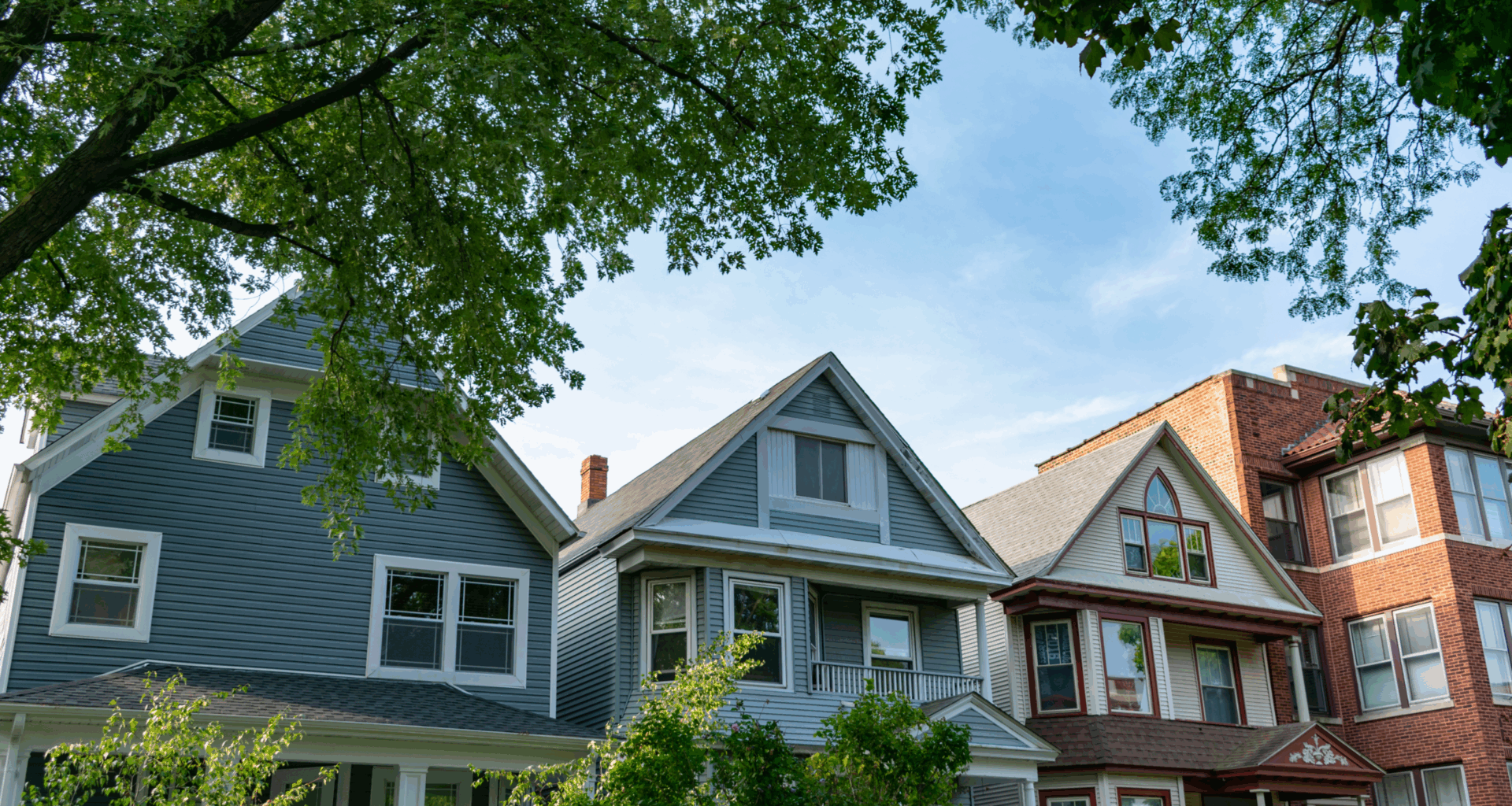Chicago just expanded where accessory dwelling units can be built, but California’s sweeping reforms show how far the city still has to go.
Chicago is taking steps to make it easier to build additional housing, but it is far behind California when it comes to accessory dwelling units.
City leaders recently approved an ordinance expanding the areas where granny flats, basement apartments and converted garages can be built. Now in addition to the pilot areas established in 2021, units can be built in commercial areas and multi-unit residential areas without special permission.
Aldermen over single-family zones can opt-in to allow them in their wards as well. This will allow more small, low-cost units, giving more property owners the flexibility of adding housing on existing lots.
While Chicago is making progress, California’s statewide push shows just how much more is possible.
California Gov. Gavin Newsom recently signed AB 1154, legislation that eliminates owner-occupancy requirements for interior dwelling units.
The American Enterprise Institute points to owner-occupancy requirements as one of the primary barriers to the development of additional dwelling units. It explains “owner occupancy requirements make it more difficult for homeowners who want to build… at their primary residence to qualify for financing to do so. Further, owner-occupancy requirements significantly reduce the appraised value that a [dwelling unit] will contribute to a property, making them a riskier financial decision for homeowners to make.”
This new law means homeowners no longer must live on the property themselves to build and rent out these small units, eliminating another barrier for using these units to increase the housing supply.
California has spent years passing statewide rules that cut through local red tape. They standardized definitions, limited permitting delays and ensured cities can’t block additional dwelling unit construction through restrictive zoning.
The results have been significant: tens of thousands of new homes have been added in California through granny flats, basement dwellings and attic apartments. Many of them are more affordable than traditional new construction.
Chicago’s zoning reforms mark progress, but without broader changes to streamline approvals, ease ownership restrictions and create consistent standards, additional dwelling units will remain a niche option rather than a major contributor addressing the housing shortage. Chicago aldermen should agree to let their single-family zones create these units, and Illinois should adopt California’s changes to make building them more viable.

